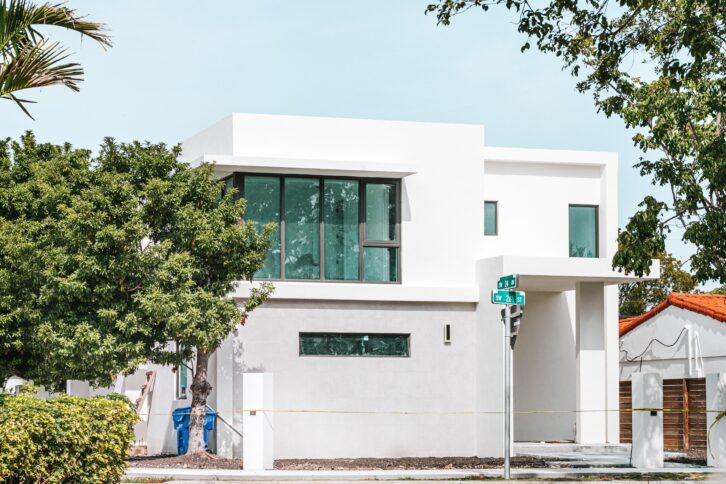The economy may be growing, but the middle class is shrinking. Despite varying definitions of the word ‘middle class,’ when looking at the median income in the most popular urban metropolis’, middle-class earners no longer make enough to afford a house in the soaring real estate markets when incomes aren’t growing as fast as the cost of living. Many folks in the middle class are being priced out of cities where they once thrived.
According to the U.S. Department of Housing and Urban Development, families that spend more than 30% of household income on their housing costs are considered ‘burdened’. That 30% standard has been adopted by the large banks and government agencies alike, and it includes not only the expenses included in the average mortgage, but also basic utilities, as well.
In the following 10 cities, 30% of the median income is less than median costs for housing, leaving a significant portion of the middle class in these cities ‘burdened’ by basic housing expenses.
1. Denver, CO
The crazy housing market in Denver has gotten to be pretty notorious at this point. The median price for single-family homes in the area has reached over $385K while the median income is only just under $72K. The commonality of the cost-burdened occurred due to rapid growth that has led to a housing shortage.
2. Miami, FL
Housing in Miami is quite a bit more affordable than in many of the other cities on this list, but the median income there is only about $51K per year. This leaves many middle-class Miamians paying more for their mortgage or rent and utilities than they can comfortably afford.
3. Baltimore, MD
Over 33% of Baltimore’s middle class is cost-burdened. This is likely due to spiking home prices, with median values going up 40% since 2000. There simply isn’t enough affordable housing for lower or middle-class families in the city.
4. Seattle, WA
Due to rapid growth, housing costs in Seattle have soared but middle-class incomes haven’t kept up. This means that almost 40% of middle-class families in Seattle spend more than 30% of their income on housing.
5. San Francisco, CA
More than 55% of middle-class San Franciscans are cost-burdened. This is due to an extremely high median single-family home value of over $900K which is due to slow new home construction and a lack of land to build on as the city has become more crowded.
6. Boston, MA
Single-family homes in Boston cost a median of approximately $442K while median incomes lag behind at just over $82K. This means that nearly 45% of the middle-class in Boston are burdened by housing costs.
7. Washington D.C.
The middle class in D.C. is fairly small comparatively, and about 30% of D.C. residents are high-income earners, meaning that the median income in D.C. is likely not a very good representation of the city’s actual middle class. Housing, even based on the median income, though, still isn’t affordable to middle earners in D.C.
8. New York, NY
You know “The Big Apple” is expensive, but what you maybe didn’t realize is that the median income there is within the average definition of ‘middle-class’ nationwide at just over $71K per year. That makes their median house price of just over $420K per year unaffordable for more than 47% of the middle class there.
9. Los Angeles, CA
People tend to expect California to be expensive as we know the cost of living there is, overall, pretty high compared to almost all of the other states. It, therefore, makes sense that over 50% of the middle class in LA spends more than 30% of their income on housing.
10. Bridgeport, CT
Despite a very high median income of over $90K per year, housing costs in Bridgeport and the surrounding areas have left middle-class homeowners unable to easily afford housing costs. Over 50% of the middle class there are cost-burdened.
Key Takeaways
In cities across the nation, many middle-class families are feeling the pressure of rising housing costs that are soaring far beyond the increase in their incomes. However, those same rising costs could mean that middle-class homeowners have substantial equity in their homes, which they could tap in to help make ends meet. If you have questions about tapping the equity in your home, contact a financial advisor to find out your options.



















